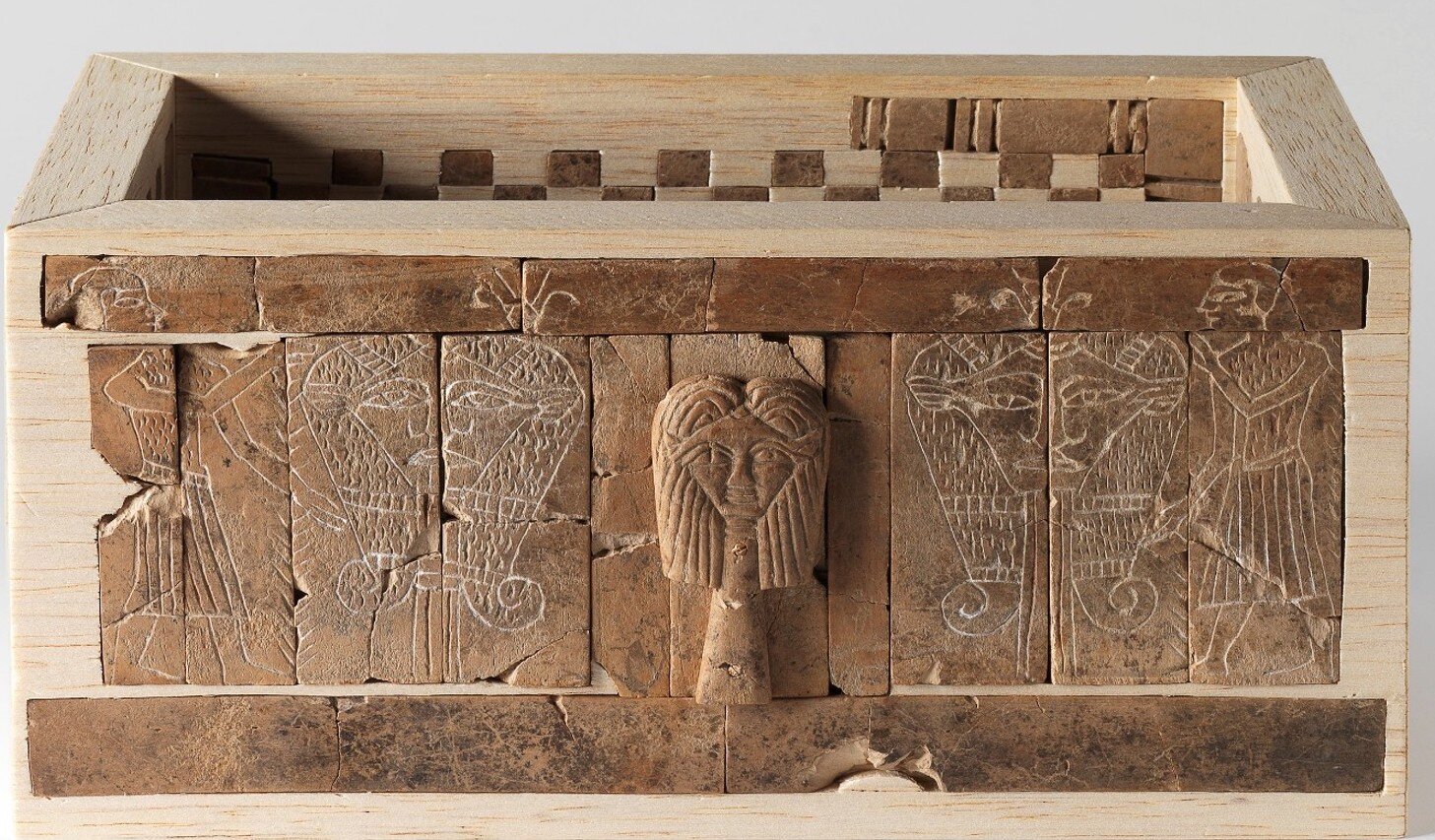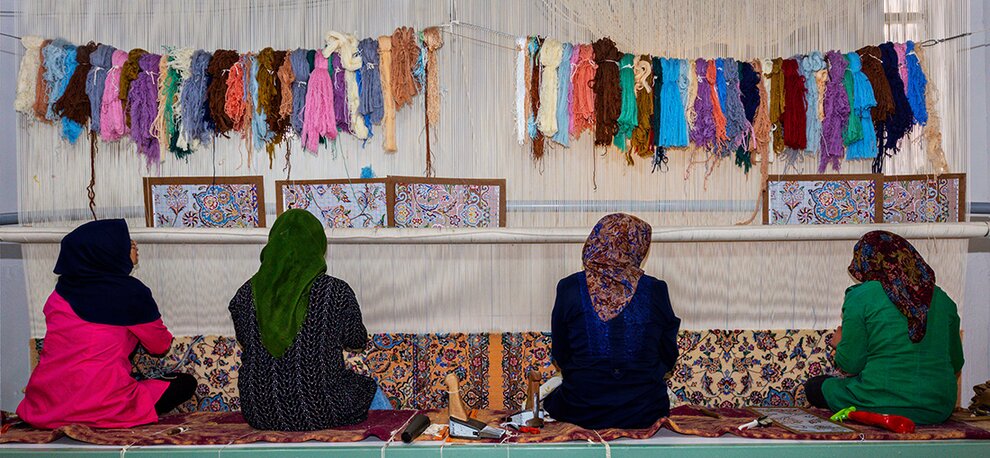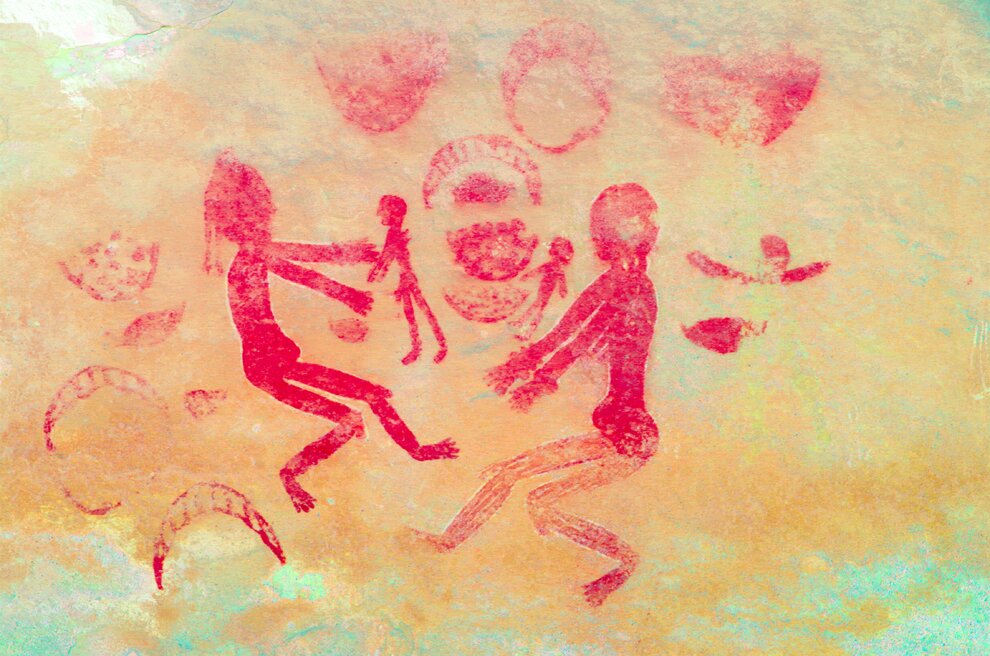The Cultural Implications of the Symbols of the Goddess Hathor
9 October | Daphna Ben-Tor Seminar
Thursday
09
October
2025
6:00 pm
7:00 pm

- The cultural implications of Symbols of the goddess Hathor in the Levant during the second millennium BC -
Published at 24 June 2025






